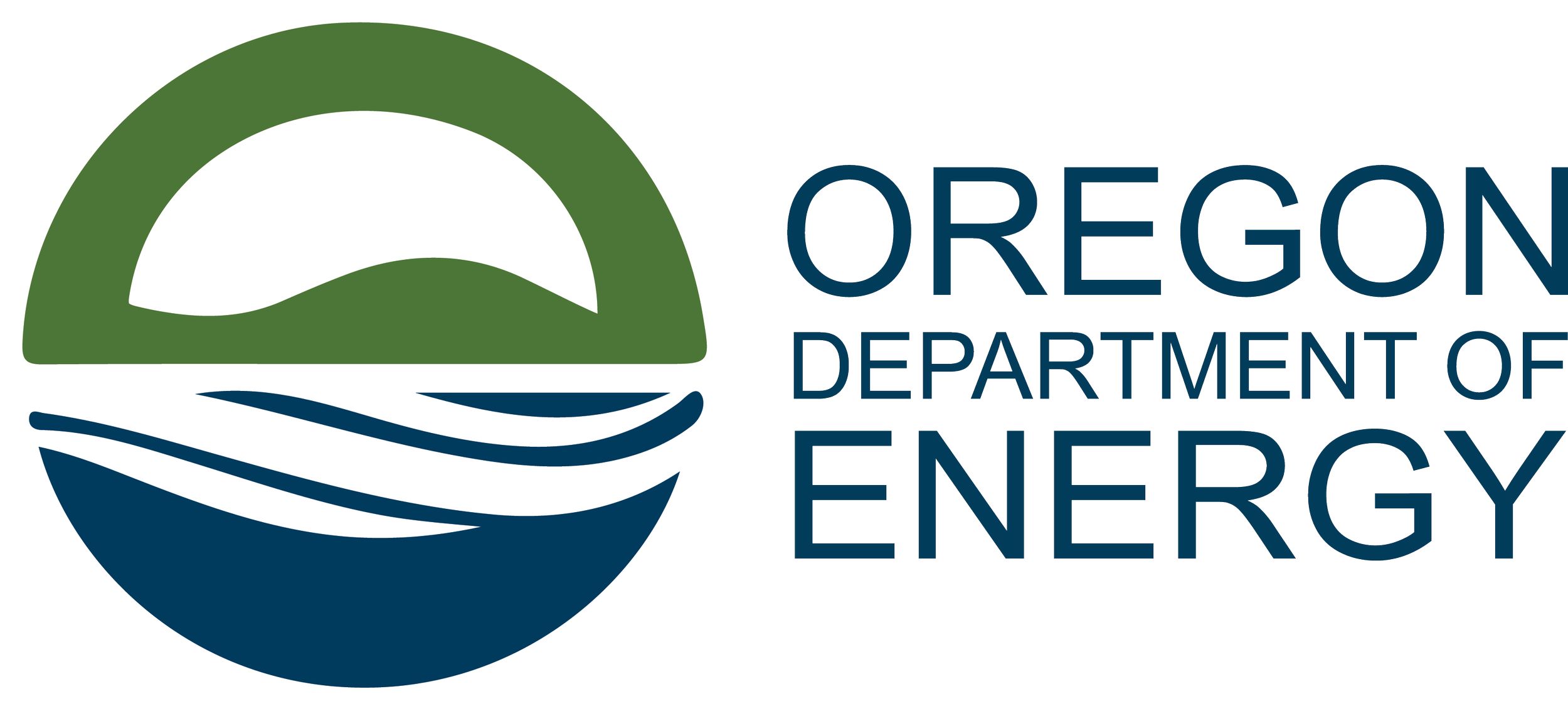ODOE Monitors Safety of Oregon Uranium Mine and Mill Disposal Sites
Oregonians may be surprised to learn that for a very brief period in the late 1950s/early 60s, there were two active uranium mines in southern Lake County along with a uranium mill in Lakeview. While the sites are long since closed, the Oregon Department of Energy’s Nuclear Safety and Emergency Preparedness team, along with partners from federal and state agencies, completes annual inspections of the disposal sites. ODOE hydrogeologist, Tom Sicilia, recently conducted this year’s site visit at the mill tailings disposal cell and the former mine sites.
Milling is the first step in converting uranium ore into fuel for nuclear reactors. Uranium mills use chemicals to extract the uranium which creates yellowcake, a powdery substance that is then processed into fuel. This process also produces mill tailings, sandy waste containing heavy metals and radium. As the radium decays, the mill tailings produce a radioactive gas called radon. In 1978, to protect the public and the environment from uranium mill tailings, Congress passed the Uranium Mill Tailings Remedial Act (UMTRA). The legislation created a cleanup and closure plan for former uranium mill tailings.
The mill in Lake County operated very briefly, from late 1958 until 1961, and mining at the two mine sites stopped around 1965, but a uranium tailings pile remained next to the mill. In 1976, areas of elevated radioactivity were discovered, and the tailings pile was covered with about two feet of dirt. Between 1968-1988, the mill tailings and contaminated soil were excavated and moved to a disposal cell about seven miles outside of Lakeview. A compacted soil layer was added to limit radon escape and water percolation into the tailings, and a rock cover was added to protect the soil from erosion.
The mines, meanwhile, sat for several decades – the pits filling with acidic water and containing elevated levels of radioactive materials. Due to the threat contamination posed to nearby Augur Creek, in 1995, the U.S. Environmental Protection Agency added the two mines to its cleanup priorities list, and cleanup occurred over the next decade or so, ending in 2005.
ODOE had a resident inspector in Lakeview for nearly a decade to oversee the cleanup. Now, ODOE staff and their federal and state counterparts conduct regular inspections to ensure cleanup activities remain protective and the cover over the mill tailings does not erode. ODOE staff also review the results of water sampling that occurs at both the mill and the mine sites.
Learn more about Nuclear Safety and Emergency Preparedness in Oregon on our website.

